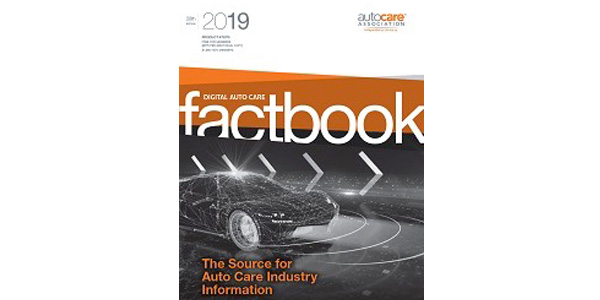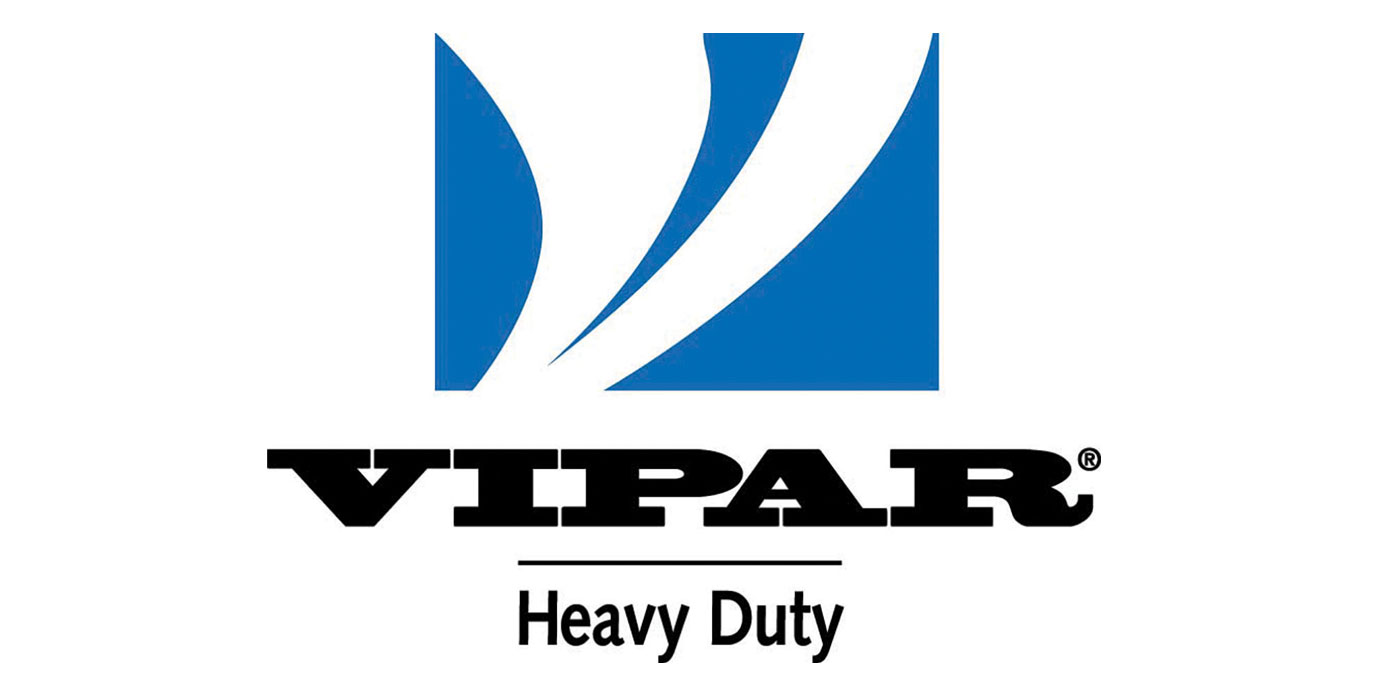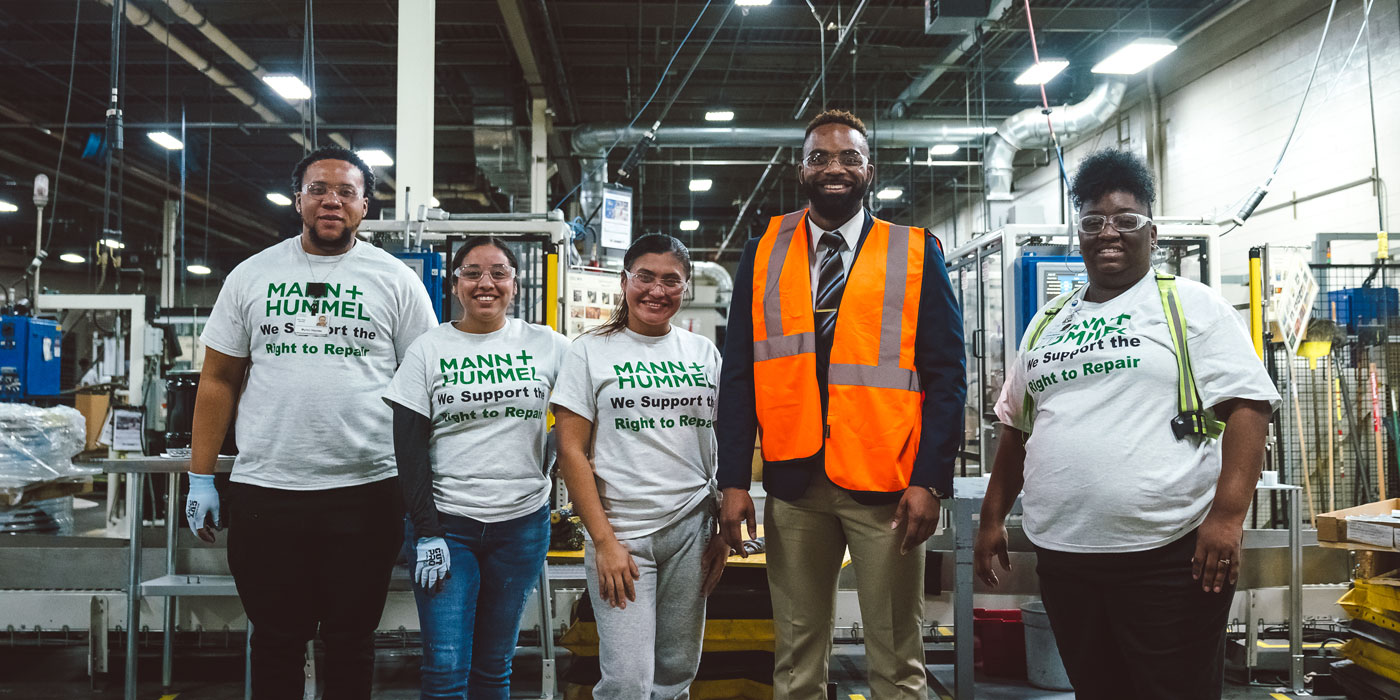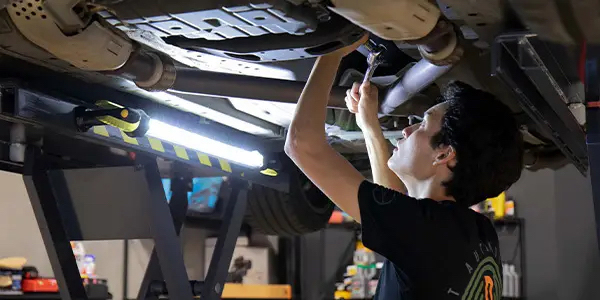
The Auto Care Association has released its popular online publications the Auto Care Factbook 2019 and the Auto Care Factbook & Lang Annual 2019.
In the 28th edition, readers will find:
- Updated “Key Economic Indicators 2014-2018” by Northwood University
- The latest trends on supply, demand and CAGRs for technician employment
- An extended industry forecast through 2021 by IHS Markit
- Updated program and retail distribution summaries
- Updated “Global Automotive Aftermarket Review” by Jefferies
- Updated consumer profiles for DIY and DIFM demographics; IMR Insights on millennial light-maintenance DIYers; reasons why consumers choose DIY and DIFM outlets; DIY propensity and shop averages, replacement rates and delayed maintenance
- Updated U.S. new- and total-vehicle registrations by IHS Markit
- An updated hybrid-vehicles summary and vehicle operating costs
- Updated “U.S. and Global Aftermarket Dynamics” by Northwood University
- Updated global registration summary by IHS Markit
- An update on the Canadian automotive aftermarket recap by DesRosiers
“This edition of the Auto Care Factbook highlights many upward trends we are seeing in today’s $392 billion auto care industry,” said Bill Hanvey, president and CEO of the Auto Care Association. “Consumer confidence and spending are increasing despite higher gas prices, hourly wages are also rising and we’ve added more than 50,000 new industry jobs in the past year. While we celebrate these upswings, it’s important to note that we continue to monitor telematics and access to data, the average age of vehicles and the health of the economy in general in relation to their impact on the industry. The Factbook takes a deep dive into these topics and many more, providing the information needed to keep thriving in our dynamic aftermarket – which is projected to be a $433 billion industry in 2021.”
The digital format allows readers to turn pages with the click of the mouse, locate data with the comprehensive “Word Search” feature and download charts, tables and graphs associated with the data.
In-Depth Analysis of Light-Vehicle Aftermarket
The Lang Annual section provides additional in-depth analysis of the light-vehicle aftermarket provided by Jim Lang, president of Lang Marketing, who is a recognized expert on the vehicle-products industry with more than 20 years of experience. The section contains:
- Sales volume analysis of 80 key products
- Service-market product volume by major type of service outlet
- DIY product volume by major type of retail outlet
- Number of jobbers in the U.S. and by geographic area
- Distribution analysis by five major channels
- Changes in vehicle mix
- Bay population by major service-outlet groups
- Analysis of growth by major auto care segment
- Service market
- DIY market
- Domestic-vehicle market
- Foreign-vehicle market
- Distribution channels
- Vehicle type
- Forecasts of key auto care trends, including:
- Domestic and foreign share of light vehicles
- Average age of foreign and domestic light vehicles
Auto Care Association members received a complimentary copy of the Auto Care Factbook 2019 as a member benefit, along with three guest access passes. While members can purchase additional copies at $575, the non-member price for copies is $1,950. Additionally, the Auto Care Factbook & Lang Annual 2019 publication is available for $995 to Auto Care Association members and $2,995 for non-members.
To order any of these digital publications, visit www.autocare.org/factbook2019 or contact Member Services at [email protected] or 301-654-6664.







